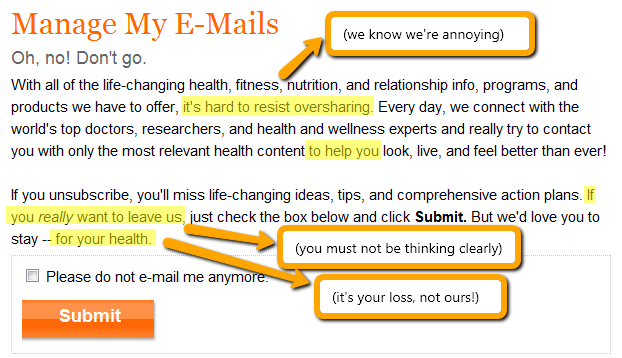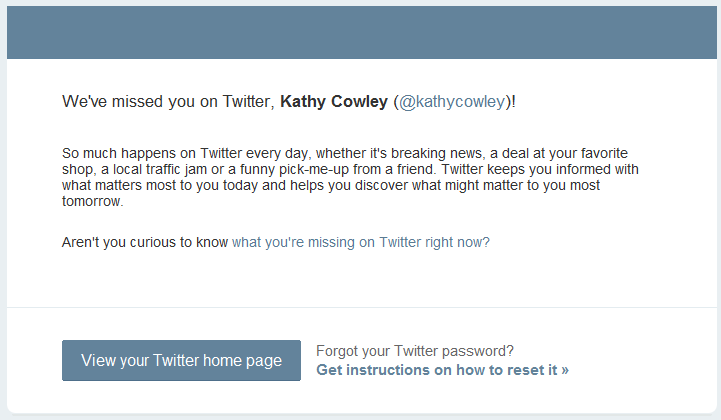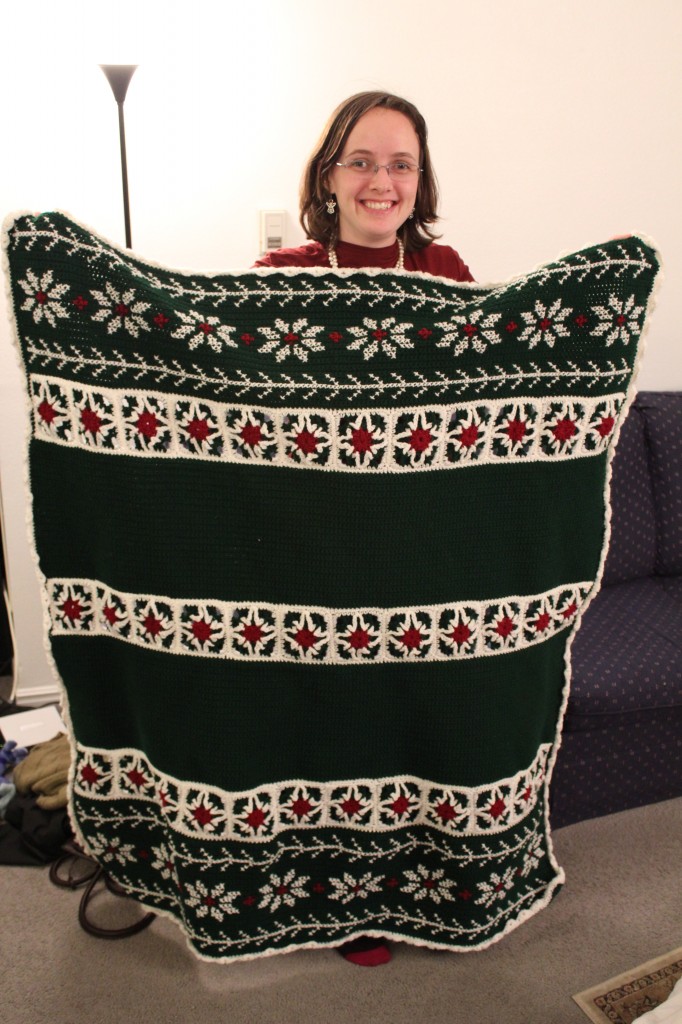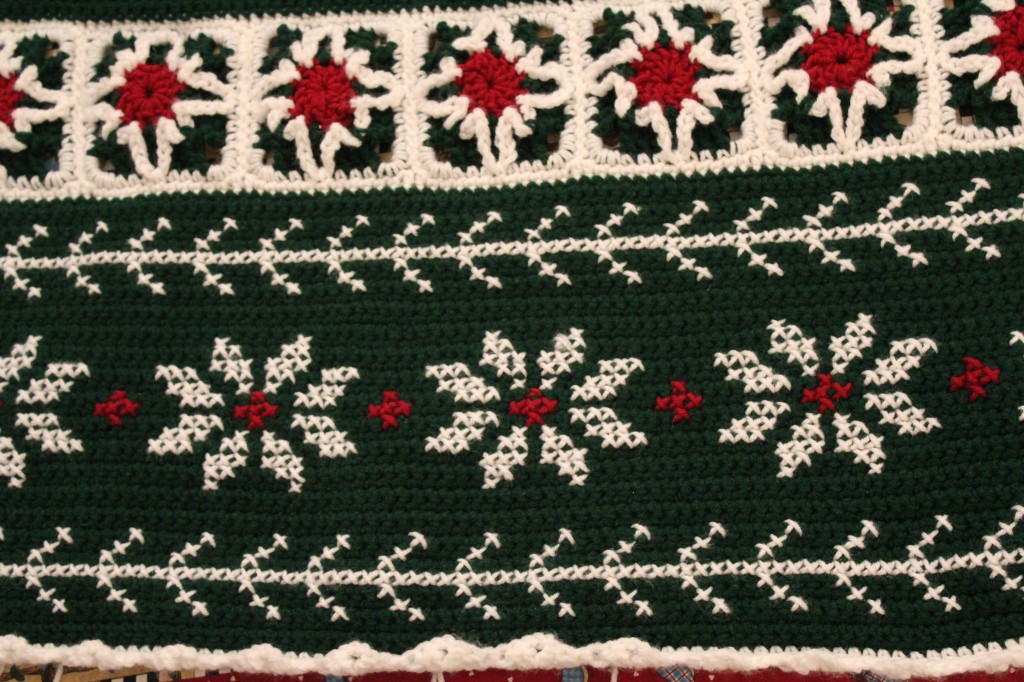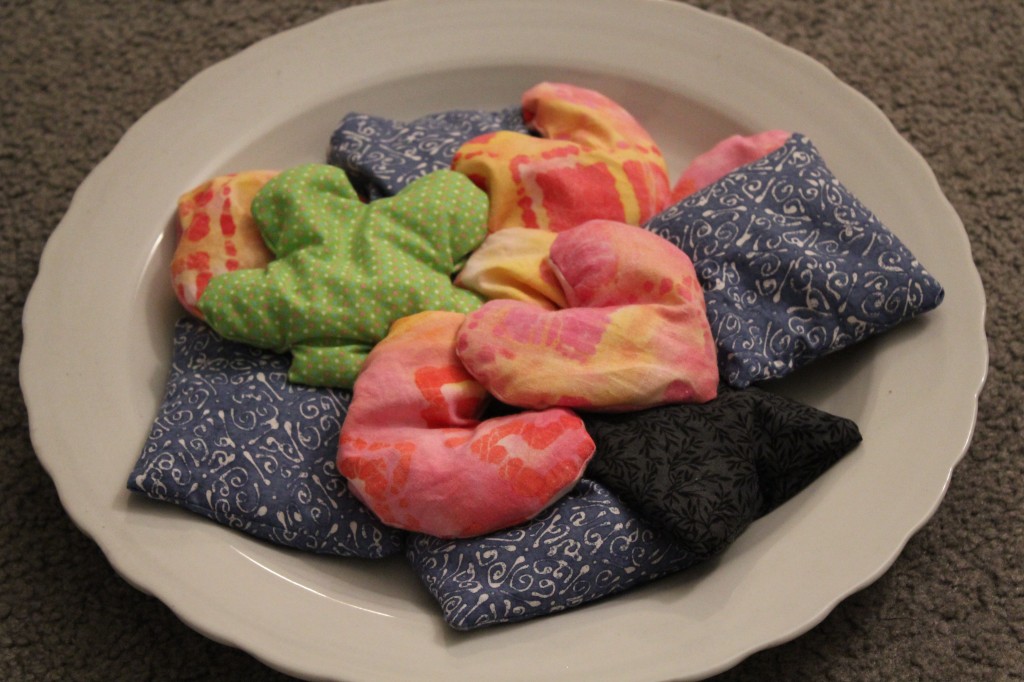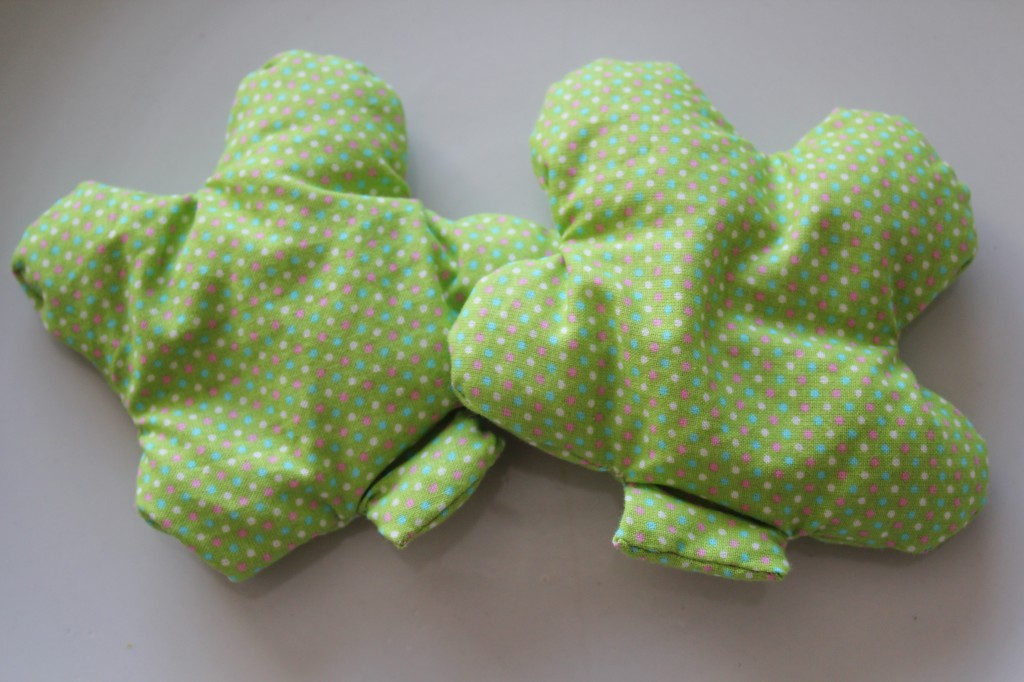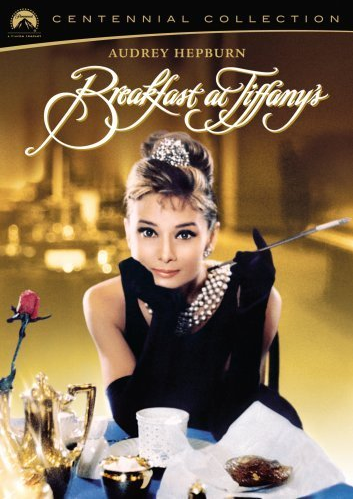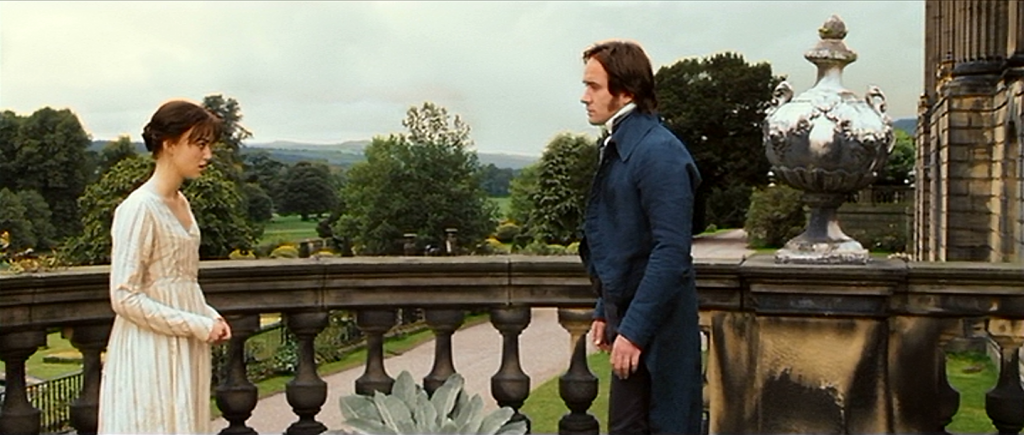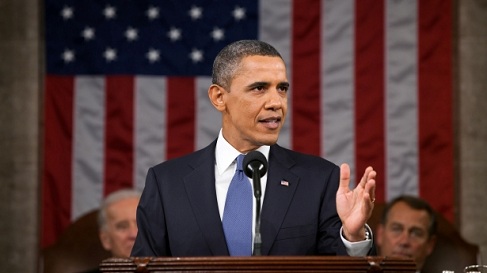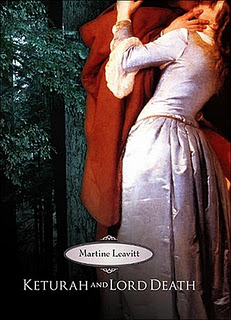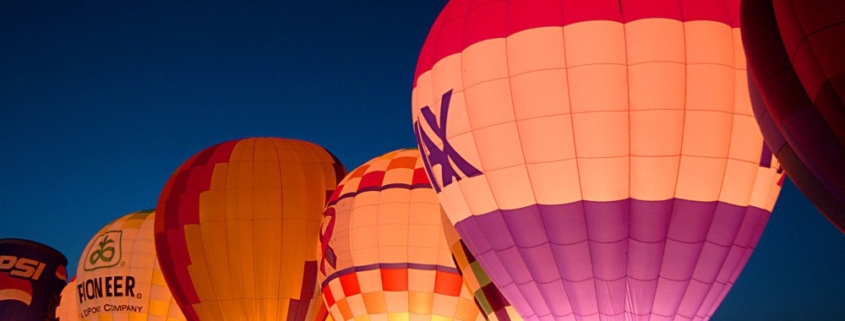The Compulsion to Take your Own Piece of a Place: A Visit to Las Vegas
I remember going on vacations with my parents and younger siblings to historical sites–Gettysburg, Bunker Hill, Nauvoo, and others. I would always want to take something with me, like a rock from Gettysburg. I wanted something tangible, substantial, something that would create resonance and connection to the place and its events even when I was gone. My parents would tell me that if everyone took a rock from Gettysburg there would no be no rocks left. Thus, the invention of the souvenir shop: you can take something that feels significant and create connection even though whatever it is you bought was probably made in China. The place is preserved, the economy is stimulated, and you go home happy.
I went to Las Vegas a few weeks ago to see Phantom of the Opera, and even though I’m not a Vegas type of girl (I don’t gamble, drink, or go to “adult entertainment”), when touring I still wanted to bring something back with me. I really didn’t buy anything, besides a bottle of water. But I did bring something back with me: videos. Yes, I know, I could search on YouTube and there are plenty of videos of Las Vegas. And there are movies, like Ocean’s 11, that memorialize it. But just as you want your own rock or your own t-shirt, I wanted my own videos.
First, the Venetian was all decked out for the Chinese New Year, so I had to get a shot of a dragon I saw:
Second, I loved the fountain show at the Bellagio, so I cut together a few of my favorite parts:
Pictures and video are the new thing to take away from a place. We take them, trying to personally capture a location’s essence. Especially in the 18th century, and continuing on today, there were fears that perhaps photography could actually steal a piece of someone’s soul, or at least damage it. It’s an interesting thought, because we do change our experiences of things by mediating them.
Here’s a few books that I’ve enjoyed on the history and theories of photography and film that consider how the camera has changed our lives:
- The Reality Effect: Film Culture and the Graphic Imperative by Joel Black
- Classic Essays on Photography edited by Alan Trachtenberg (This contains essays from a variety of well-known figures during the 19th and 20th centuries.)
- On Photography by Susan Sontag (If something is by Sontag, I know I want to read it. She’s just that good.)
- The Emergence of Cinematic Time: Modernity, Contigency, the Archive by Mary Ann Doane
- Framing the Victorians: Photography and the Culture of Realism by Jennifer Green-Lewis
- The Art of Interruption: Realism, Photography, and the Everyday by John Roberts
- Transforming Images: How Photography Complicates the Picture by Barbara E Savedoff
In truth, that’s my personally collected bibliography of cool film and photography books. I am officially a geek.
Manipulating People When They Try To Unsubscribe
You know the drill–once upon a time you thought it would be interesting to get a company’s regular (monthly, weekly, or, heaven forbid, daily) emails. Or, more likely, you entered a contest, completed an online quiz, or got a special offer on a purchase and did not read every word of fine print. Sometimes, this turned out to be a good relationship–I don’t mind Amazon’s book recommendations or Winkflash’s photo book sales, for example, and I’ve been getting them for years. But most of the time, at some point you’ve had enough. You’re ready to unsubscribe.
You’ve made your decision. You go into their most recent email, click the unsubscribe button, and then are taken to a special webpage, designed not to help you unsubscribe, but to convince you not to. Here’s a fairly standard message:
Retention is important for companies, and they want you to stay on their email list for as long as possible. This is the standard message to get you to stay: you will lose something by leaving us. We like you, you like us. Please don’t leave. It’s like a needy boyfriend that you never meant to say “yes” to, standing next to your middle school locker.
Other companies are a little more heavy-handed. Let’s give a little background first–I once took a quiz on RealAge to find out, well, my “real age.” I got on their email list, and never actually read a single email. In unsubscribed from them in 2010, and spent 2 years of bliss, enjoying my slightly-less-cluttered inbox. At the beginning of 2012, they re-injected my email into their system, and started me sending emails again. (Note: they are not the only company that recycles their unsubscribed customers, a practice I disagree with. I’ve also had to unsubscribe twice from KOA.)
Here’s the message I got from RealAge when I attempted to unsubscribe (the second time):
Same argument as the first, but heavy-handed and even manipulative. But don’t worry–I held on to my original plan to unsubscribe, clicked the necessary buttons, and (probably) managed to be removed from their email list. Of course, it may take up to 10 days for my request to be processed–a standard caveat. It would have been easier to mark them as spam, and next time I will.
The thing is, they wouldn’t make these arguments to get people to stay unless they worked a healthy percentage of the time.
I’ve also gotten these email when I’m not as connected to my social networks as they’d like me to be–unless you change the settings, Facebook now emails you with what you missed if you don’t log on regularly, and Twitter is rather concerned that I haven’t tweeted since June 30th (I’m not sure whether it was of last year, or the year before). Here’s the email they sent me:
The assumption is that there is something lacking in my life–or if I don’t feel like something is lacking, it’s only because I don’t realize what I’m missing. Each of these companies–RealAge, KOA, Twitter, and many more–believes that they can feel that gap, that I will feel happy and whole only through them. They all have things to offer, and maybe some day I will go back to Twitter or camp at a KOA. I find fulfillment through blogging and through interacting with my friends on Facebook. But if I’m relying on email subscriptions or social networks to make me whole, then something obviously is lacking, something that the Internet can’t solve. Perhaps there’s a big “Unsubscribe from the Web” button–I need it sometimes.
The Trouble with Holiday Crafts (Ah, Kairos)
Last night, I finished an afghan for my parents’ Christmas present:
(In case you’re interested, I slightly modified the free poinsettia throw pattern from Red Heart.)
I’ve been working on it since late October, and I’m happy with how it turned out. The trouble is that this afghan was supposed to be my parents’ Christmas present six weeks ago. My sister, who was heading home for Christmas, even volunteered to carry it with her on the airplane. Not only that, but it’s a Christmas-themed afghan that they may not even take with them when them move to Africa this summer–kairos, alas!
(And yes–I did cross stitch on top of the single crochet. You could do really cool things with cross stitch on crocheted pot holders…)
Kairos is the opportune moment. That moment in time where things can change, where your words make a difference, where what you do is relevant if you do it then. It’s the reason holiday-themed arts and crafts are so popular: they’re perfect for the season, make meaningful decorations, and help get you into the holiday-spirit, whether that holiday spirit is about scaring children or blowing kisses.
Luckily, I did manage to hit one kairotic moment with this crochet project–my mom flew out this morning, and I finished it just in time for her to take it with her.
It’s easier for me to meet kairotic deadlines for smaller projects like these hand warmers I recently made:
Hand warmers must be given away while it is still cold and wintry. Check.
(I was inspired by these instructions on hello dearie, though I skipped the liners and just used cotton fabric. I used my sewing machine to sew most of them, flipped them right side out, filled them with rice using a funnel, and then closed them using this invisible closing seam.)
The heart hand warmers I made would make great Valentine’s Day presents:
And the four leaf clover hand warmers could be given for St. Patrick’s Day (though I failed the first set by making the stem too narrow, leaving it impossible to fill them with rice):
I was skeptical about whether home-made DIY hand warmers would actually work, but luckily they do. (Heat them for 30-45 seconds in the microwave, and they’ll stay warm for at least half an hour.)
I have no holiday-themed arts and crafts currently played, so hopefully I won’t run into more kairos problems in the near future…
Writing Lesson: Learning about Common Ground from “Breakfast at Tiffany’s”
I’ve always loved the song “Breakfast at Tiffany’s”–it’s catchy, has a nice tune, and I’ve always loved the idea that a movie, a story, or a book could help save a relationship, provide a talking point and a common connection.
This idea, of finding common ground, is essential to writing, both in persuasive writing (if, for example, I want to convince you to vote a certain way or pay for my ice cream) and in fiction (think dialogue and the blossoming and deterioration of character relationships).
Let’s start by looking at the first verse and the chorus of the song:
You say that we’ve got nothing in common
No common ground to start from
And we’re falling apart
You’ll say the world has come between us
Our lives have come between us
But I know you just don’t care
And I said “what about ‘Breakfast at Tiffany’s?'”
She said, “I think I remember the film,
And as I recall, I think, we both kinda liked it.”
And I said, “Well, that’s the one thing we’ve got.”
Much of the time our failures to communicate come from lack of common ground. Too often in today’s polarized, politicized world we see every issue, every event, as black and white, and so instead of talking to each other we throw verbal stones and don’t end up accomplishing anything.
Example 1: Abortion Arguments
Take the abortion issue. We have pro-life arguments and we have pro-choice arguments and both are based on such completely different world views that both sides can only see inhumanity in the others’ arguments. As a result, we argue to argue, and never actually persuade anyone.
Several years ago, in the Persuasive Writing class I taught at BYU, a student named Mandy wanted to make an argument against abortion. I told her it would be very challenging to do in a way that wouldn’t offend her audience so much in the first paragraph that they either would stop read, or read on only to mock. Mandy pulled off an argument that wouldn’t convince everyone, but found common ground and would be enough to start a conversation with the opposing viewpoint.
Her introduction talked about several of her good friends in high school, who had chosen, for various reasons, to have abortions. Then she talked about how one of those friends is now having problems trying to have children as a result of the abortion. Throughout the paper, Mandy discussed some of the medical risks and potential future repercussions on the female body of having an abortion. She found common ground in a topic where common ground is scarce, by addressing concern for the female body and the desire to have a future family. It was not a perfect argument, but it was a very good one.
Example 2: Pride and Prejudice
One of my favorite stories is Jane Austen’s Pride and Prejudice. The entire premise is about how preconceived notions, pride, and false information get in the way of communication and relationships, effectively eliminating any chance to have common ground. When characters, through their words, are able to find common ground, their relationships progress; when they don’t, they diminish.
One of my favorite bits of dialogue is actually from one of the many adaptations of the novel, in the 2005 film version Pride & Prejudice. The last time Miss Elizabeth and Mr. Darcy saw each other was when Miss Elizabeth (strongly) rejected Mr. Darcy’s marriage proposal, sending many insults. Mr. Darcy then gave Miss Elizabeth a letter, attempting to create common ground by explaining where he was coming from, the history and meaning of his actions.
Fast forward to when Miss Elizabeth tours Pemberley (Mr. Darcy’s house), and they accidentally run into each other. (Watch the film to get the facial expressions. Also, note the distance visually between them on the screen.)
Darcy: “Miss Elizabeth.”
Elizabeth: “I thought you were in London.”
Darcy: “No. No I’m not.”
They accidentally talk over each other, both trying to say something, anything.
Elizabeth: “I’m in Derbyshire with my aunt and uncle.”
Darcy: “And are you having a pleasant trip?”
Elizabeth: “Very pleasant. Tomorrow we go to Matlock.”
Darcy: “Tomorrow? Are you staying at Lampton?”
Elizabeth: “Yes, at the Rose and Crown.”
Darcy: “Yes.”
Elizabeth: “I’m so sorry to intrude. They said that the house was open for visitors. I had no idea…”
Darcy: “May I see you back to the village?”
Elizabeth: “No. I’m very fond of walking.”
Darcy: “Yes. Yes I know.”
Elizabeth: “Goodbye Mr. Darcy.”
Both characters are trying to find something to talk about, while avoiding the elephant in the room. While the conversation is a bit like talking about the weather simply to have something to say, it is an attempt to start building common ground, and definite progress is made.
Example 3: State of the Union
Let’s look again at another attempt at persuasive argumentation. Whether or not you agree with President Obama’s politics, he is a good public speaker, one of the reasons he was elected.
Here’s the opening paragraphs of his 2011 State of the Union. Note how he attempts to create connection and common ground with both the Republicans and Democrats of Congress, and the American people in general.
Mr. Speaker, Mr. Vice President, members of Congress, distinguished guests, and fellow Americans:
Tonight I want to begin by congratulating the men and women of the 112th Congress, as well as your new Speaker, John Boehner. (Applause.) And as we mark this occasion, we’re also mindful of the empty chair in this chamber, and we pray for the health of our colleague — and our friend — Gabby Giffords. (Applause.)
It’s no secret that those of us here tonight have had our differences over the last two years. The debates have been contentious; we have fought fiercely for our beliefs. And that’s a good thing. That’s what a robust democracy demands. That’s what helps set us apart as a nation.
But there’s a reason the tragedy in Tucson gave us pause. Amid all the noise and passion and rancor of our public debate, Tucson reminded us that no matter who we are or where we come from, each of us is a part of something greater — something more consequential than party or political preference.
We are part of the American family. We believe that in a country where every race and faith and point of view can be found, we are still bound together as one people; that we share common hopes and a common creed; that the dreams of a little girl in Tucson are not so different than those of our own children, and that they all deserve the chance to be fulfilled.
That, too, is what sets us apart as a nation. (Applause.)
Obama alludes to an event, the shooting of Gabby Giffords, that was symbolic in the minds of the American people, that was an attack on democracy generally, and uses it to point to “common hopes and a common creed” shared across party lines. Then of course, he starts getting into the stuff that some people love him for and some people hate him for, but he’s done so after trying to set a base of understanding.
You can read the full address on NPR’s website.
Example 4: Scheherazade Style Negotiations
One of my favorite recent novels is Martine Leavitt’s Keturah and Lord Death. In the opening scene, Keturah finds herself lost in the forest. As she is about to die, she sees Lord Death and attempts to convince him to spare her. Her first few attempts fail–she tries to argue that she is not ready to die, but Lord Death explains that no one is. She attempts to tell him a story about a hart, but he is not interested. Finally, Keturah finds a story that makes Lord Death pause, because Keturah has at last found common ground:
“I was born into death, my grandmother has told me many times. It filled my mouth upon my first breath. I sucked it in, Grandmother says, and cried as if my heart were broken, and even my dead mother’s pap would not console me. My father searched you out to find my mother and died before my first tooth, so that it became my grandparents’ burden to raise me. Then my grandfather died after I had lived long enough to love him. I have been in conversation with you perhaps all my life.”
It takes more than this short story, but Keturah leaves her first conversation with Lord Death unharmed.
In Conclusion
Common ground will make or break an argument, or character dialogue. Here’s a few writing exercises I’ve found useful:
Persuasive Writing: read what the opposing viewpoint has written. Write 250 words from their viewpoint, believing it as your write it. Then make a list of five or six of their core beliefs, the things that matter to them. When you return to your argument, try to use one of them as common ground.
Character Dialogue: take two of your characters, and put them in an inn. Write a brief scene where neither character is trying to find common ground and see what happens. Write another brief scene where just one of the characters is trying to find common ground. Finally, write a scene where both characters are attempting, but only somewhat successfully, to find common ground.
This is a post with post format of type Link
Lorem ipsum dolor sit amet, consectetuer adipiscing elit. Aenean commodo ligula eget dolor. Aenean massa. Cum sociis natoque penatibus et magnis dis parturient montes, nascetur ridiculus mus. Donec quam felis, ultricies nec, pellentesque eu, pretium quis, sem. Nulla consequat massa quis enim.
Lorem ipsum dolor sit amet, consectetuer adipiscing elit. Aenean commodo ligula eget dolor. Aenean massa. Cum sociis natoque penatibus.
This is a standard post format with preview Picture
Lorem ipsum dolor sit amet, consectetuer adipiscing elit. Aenean commodo ligula eget dolor. Aenean massa. Cum sociis natoque penatibus et magnis dis parturient montes, nascetur ridiculus mus.
Donec quam felis, ultricies nec, pellentesque eu, pretium quis, sem. Nulla consequat massa quis enim. Donec pede justo, fringilla vel, aliquet nec, vulputate eget, arcu. In enim justo, rhoncus ut, imperdiet a, venenatis vitae, justo. Nullam dictum felis eu pede mollis pretium. Integer tincidunt. Cras dapibus. Vivamus elementum semper nisi.


